Ride1UP has staked its claim in the e-bike world by marrying performance, practicality, and prices that don’t sting—a combo that’s won them a diehard crew of urban riders and weekend warriors. I’ve watched the San Diego outfit evolve from the zippy Roadster and all carbon fiber CF Racer, to the beastly Revv 1 DRT, each model proving you don’t need a fat wallet for a premium ride.
Now, they’ve handed me the keys—or rather, the pedals—to their latest creation: the Vorsa, dubbed the “Everyday, Every Way Electric Bike.” With a 440 lb payload capacity, a modular SUV-inspired frame, and a tech suite I can tweak to my liking, it’s built to morph from my daily grind to cargo runs to off-the-grid jaunts—all for a tariff-adjusted $1,595.
I’ve been putting a preproduction version through its paces, clocking miles and hauling gear to see if it lives up to Ride1UP’s big promises. Here’s what I’ve discovered so far.
My Experience Riding The Ride1Up Vorsa E-Bike
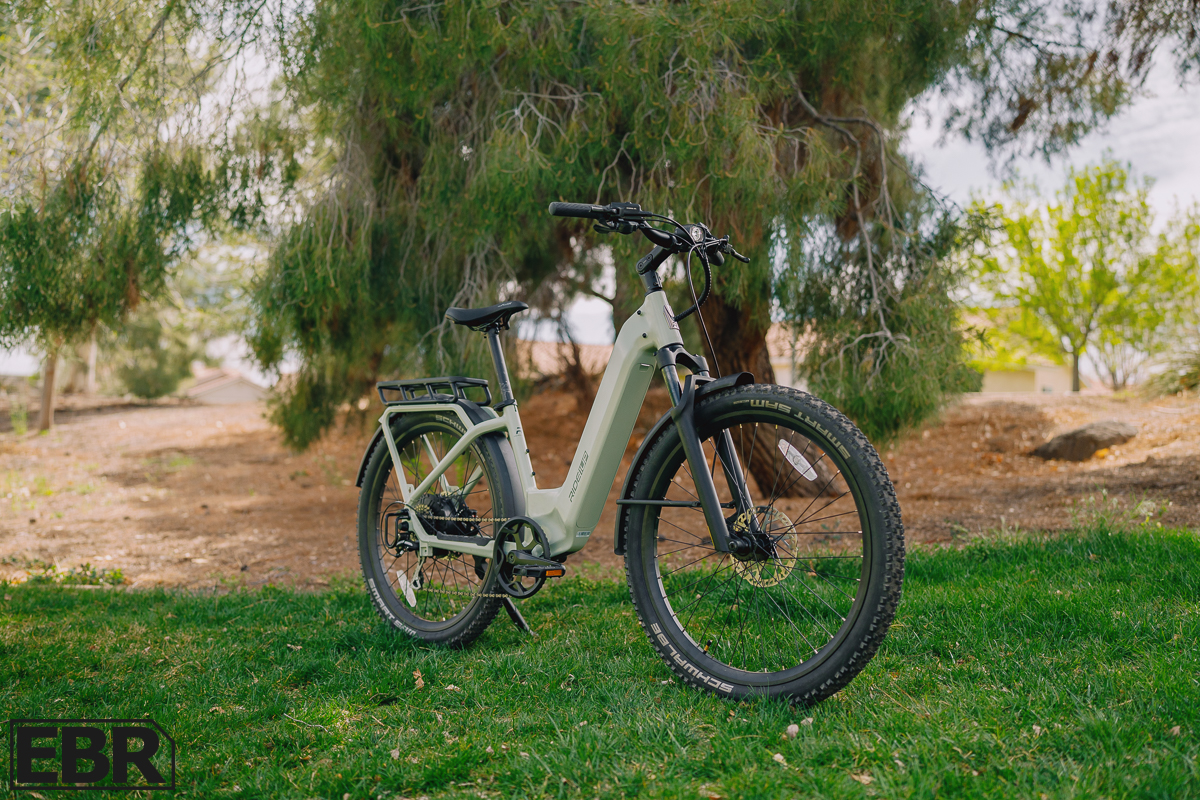
I’ve been putting the preproduction Vorsa ST through its paces, and it’s given me plenty to chew on. Ride1UP shipped me the Sandstone finish—a matte, earthy off-white that’s understated yet striking, with branding that doesn’t shout. It’s a look that suits this bike’s all-purpose DNA, and after logging some serious time aboard, I’ve got a handle on what it’s bringing to the table.
The riding position hit me first. It’s upright and relaxed, thanks to a Dutch cruiser-style handlebar that spares my wrists and palms any strain—ideal for long stretches or casual spins around town. The adjustable stem’s a clever bonus; I’ve kept it high for comfort, but tilt it down and forward, and you’ve got a sharper, more aggressive stance for cutting through wind or pushing the pace. It’s a simple tweak that tailors the fit to how I’m feeling—rare flexibility at this price. Comfort’s a strong suit here, too.
The 2.6-inch Schwalbe Smart Sam tires, with their knobby MTB tread, roll smoother and quieter than they look, pairing with the 100mm coil fork and ergonomic grips to iron out rough patches. I’ve cruised over beat-up pavement and light gravel without a fuss—plenty plush for a bike this capable.
Power’s the Vorsa’s calling card. The 750W AKM rear hub motor dishes out 95 Nm of torque, peaking past 1400W per the display’s live readout (Ride1UP doesn’t spec the max, but I saw it climb). To test its mettle, I tackled a local hill—a sharp 9% grade followed by a quarter-mile 5-7% stretch—holding the throttle at 20 mph. The 9% shaved me down to 18.5 mph, but it powered through; on the longer climb, it held steady and even let me nudge up mid-slope to pass a walker. That’s serious muscle, especially with a 440 lb payload in play.
The throttle starts tame then surges with authority, while the Intui-Drive torque sensor on PAS mode shines—quick, refined, and tied to my pedal stroke like a natural extension. Ride1UP’s got torque sensors dialed, and this one’s no exception.
Speed’s on tap, too. It tops out at 28 mph without hesitation, and the DM07 full-color display makes it a breeze to tweak. Ride1UP ditched a phone app to keep costs lean, leaning on the screen instead—it’s packed with PAS level adjustments, speed caps, and torque tuning, all in a clear, no-nonsense layout. I’ve fiddled with it mid-ride; no cryptic codes or manual hunts required—a real upgrade for anyone who’s wrestled with clunky interfaces.
Around town, the Vorsa feels like it’s got an answer for everything. The tires and suspension hint at off-road potential—I’ve taken it on dirt and held steady—while the full LED lighting, fenders, and 150 lb-rated rear rack make it a commuter’s dream. Add the Connect+ extension, and that rack’s capacity soars up to 181 lbs, putting this quickly into contention for top SUV-style e-bike for 2025.
Range
Estimated Range (from Ride1Up): 30 – 60 miles
Real World Range Test Results:
- MAX PAS: 44 miles
- MIN PAS: 80 Miles
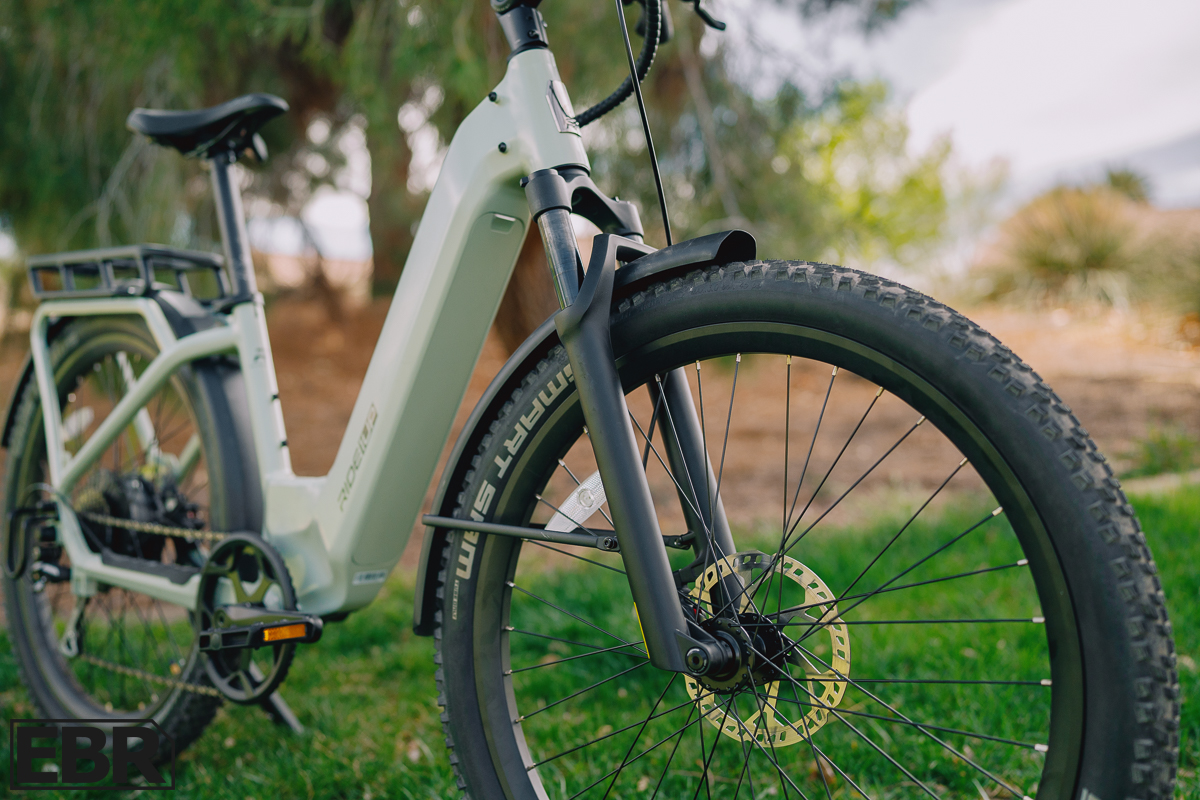
Range is where the Vorsa started flexing its legs—and my expectations. Ride1UP estimates at 30-50 miles per charge, a safe ballpark that accounts for rider weight, terrain, and assist level. But after putting my preproduction model through real-world paces, I’ve got numbers that blow that estimate out of the water: 44 miles on Max PAS, and a just over 80 miles on Min PAS. Curious why it’s outpacing the spec sheet, I pinged Ride1UP for answers. Turns out, there’s more to this story—and it’s good news for anyone eyeing the Vorsa.
My tests were straightforward. On Max PAS (Class 2, torque sensor mode), I hit 44 miles before the 15Ah Samsung battery tapped out—respectable for a 70 lb bike with my 180 lb self aboard, pushing hard through mixed city streets. Then, on Min PAS, I stretched it to just over 80 miles, cruising flat paths with minimal stops. That’s nearly double the top-end estimate, so I asked Ride1UP: what gives? Their take: they deliberately lowball the range to avoid overpromising—smart, since nothing sours a ride like a dead battery.
The Intui-Drive torque sensor and its programming dole out power dynamically—say, 1000W to hit cruising speed, then just 150W to hold it, thanks to low-rolling-resistance Schwalbe Smart Sam tires and a slick overall build.
What does that mean for you? It’s a tale of variables. Stack the deck—light rider, flat route, steady pace, proper tire PSI—and you could tease out 80+ miles like I did. Start-stop traffic, heavy loads, or climbs? You’ll dip closer to that 30-50 mile mark. Ride1UP’s goal was to hit a 15 watts/mile efficiency, but my rides prove it can go further with the right setup.
For a buyer, this range is a win. The Vorsa’s 440 lb payload and do-everything ethos demand stamina, and it delivers—whether I’m plotting a long haul or just need to know I won’t strand myself mid-errand. At 44 miles on Max, it’s a trusty commuter; at just over 80 on Min, it’s a weekend warrior. Plan your ride, and it’ll reward you with mileage that outshines the sticker.
Power (Motor & Battery)
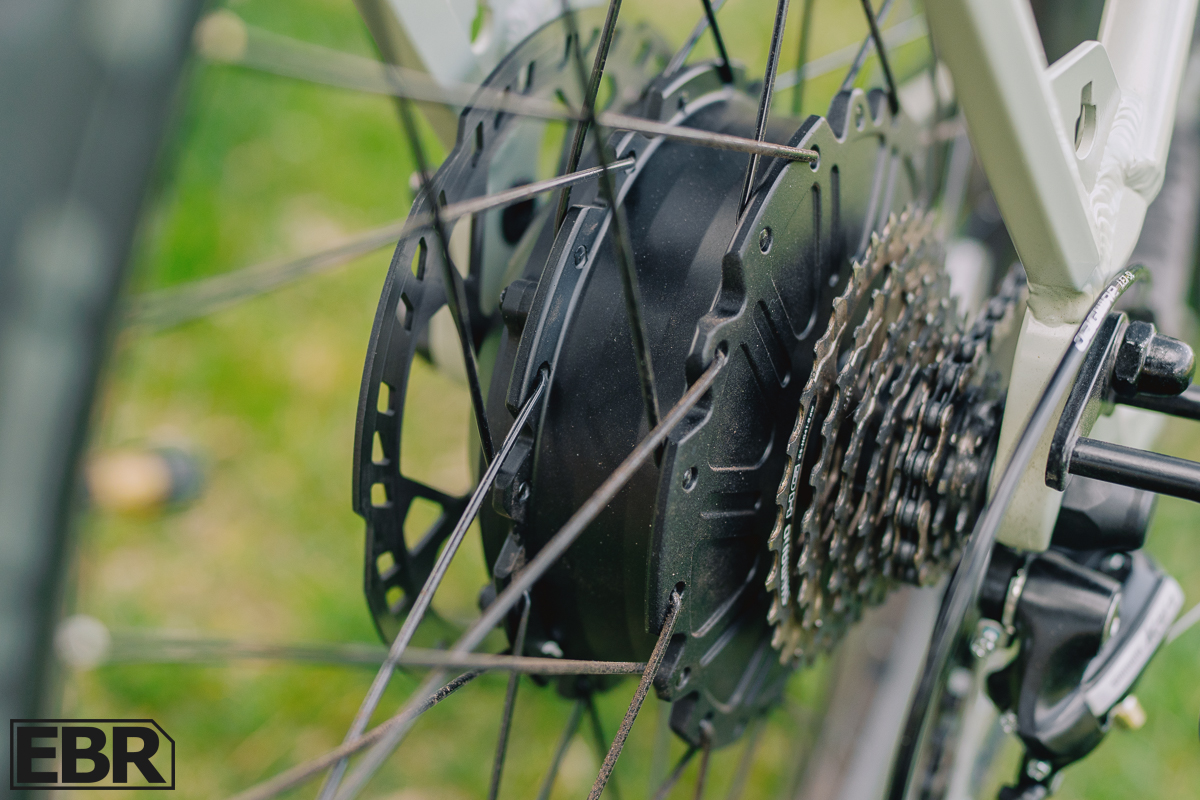
The Vorsa’s muscle comes from a 750W AKM angled-gear hub motor, pumping out a hefty 95 Nm of torque—plenty to shove this 70 lb rig forward, whether I’m weaving through traffic or lugging a full load. It’s fed by a removable 15Ah Samsung 50GB battery, UL 2271-certified with a slick BMS keeping things safe and steady. Together, they form the backbone of Ride1UP’s “Everyday, Every Way” pitch, and after riding a preproduction model, I can say the powertrain lives up to the billing.
This is a Class 1-3 setup, capped at 28 mph, with a dual-sensor pedal assist system that’s become my favorite feature. I can toggle between the Intui-Drive torque sensor—tuned with Ride1UP’s software and Mivice tech—and the R1CBC cadence sensor.
If 28 MPH is too limiting, feel free to use the ‘Off-Road Mode’ that removes speed restrictions so you can go wild, just make sure you’re in an area that allows for it.
The torque mode is a standout: every pedal stroke kicks in smooth, instant power that feels polished, without the premium price tag. It’s precise and natural, perfect for when I’m pacing myself around town. Switch to cadence mode, and the assist flows nonstop with no speed cutoff—a boon for keeping momentum when I’m pushing harder.
The battery’s no slouch either.Certified to UL 2271 safety standards with Samsung cells and I was able to cover over 80 miles of range in a single charge. At 95 Nm, the motor’s got the grunt to handle the Vorsa’s 440 lb payload capacity, and I’ve felt it flex effortlessly on climbs. For a bike that’s part commuter, part hauler, part adventure machine, this power combo strikes a smart balance—burly enough for utility, refined enough for fun. It’s not the lightest system, but that’s the cost of versatility, and I’m not complaining when it delivers like this.
Components
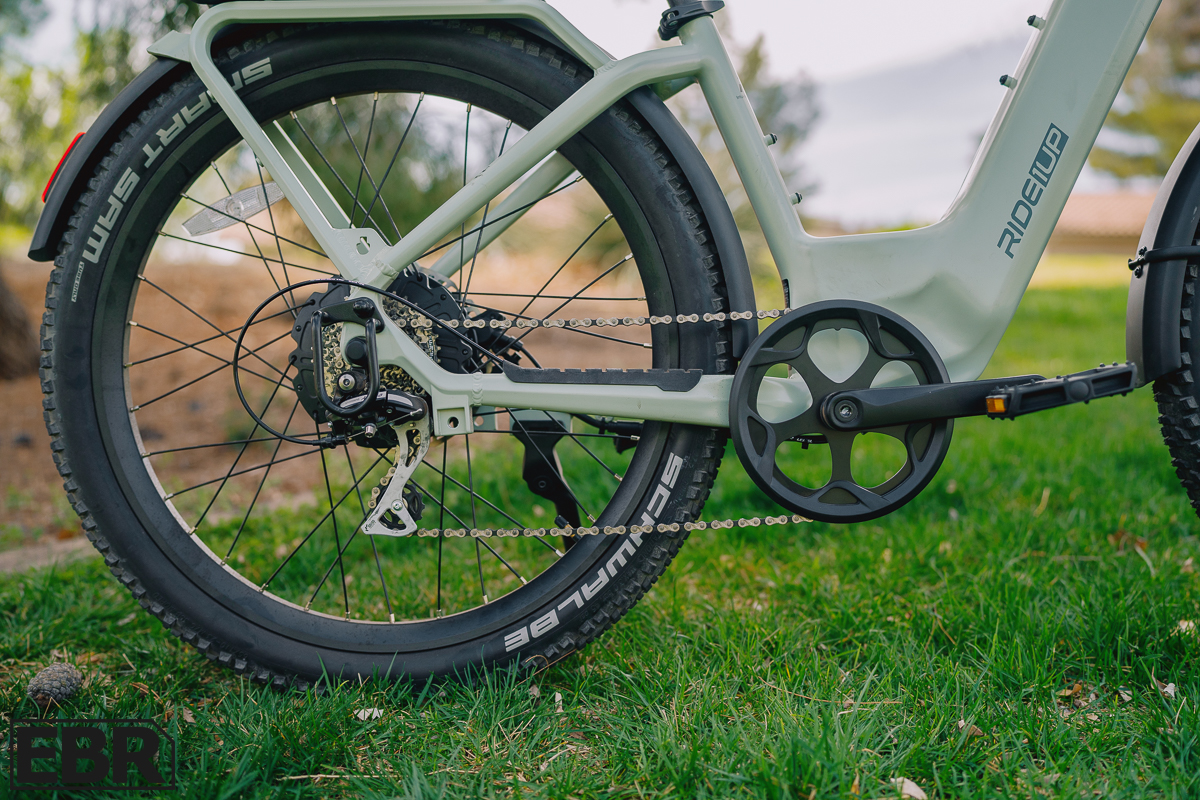
The Vorsa’s component spec reads like a checklist for a bike that’s meant to do everything, and having ridden a preproduction version, I can vouch for how it all comes together. Ride1UP has kitted this $1,595 workhorse with a mix of reliable workhorses and thoughtful touches, balancing utility and performance to match its “Everyday, Every Way” ethos. Here’s the rundown—and how it holds up when I’m in the saddle.
The drivetrain is pure Shimano sensibility: an 8-speed Acera derailleur paired with an Altus trigger shifter and an 11-34T cassette, driven by a 42T chainring and a high-torque chain. It’s not flashy, but it’s crisp and dependable—shifting feels snappy whether I’m grinding up a hill or cruising flat out. For a bike with a 440 lb payload capacity, this setup delivers the range I need to manage heavy loads or varied terrain without overcomplicating things.
The Schwalbe Smart Sam 27.5×2.6″ mountain tires are a standout, gripping pavement and gravel alike with confidence. I’ve pushed them through urban slop and light trails, and they’ve held firm—perfect for a rig that’s as likely to haul groceries as it is to escape the city.
Braking comes courtesy of Star Union 2-piston hydraulic calipers, clamping 203mm rear and 180mm front rotors. The larger rear disc makes sense for controlling a loaded-up Vorsa, and it bites hard when I’ve got gear on the 150 lb-rated modular rack.
Up front, the 180mm rotor stops me cleanly at 28 mph, though I’ve wondered if flipping the sizes might sharpen high-speed control. Still, they’re smooth and reliable—more than enough for this bike’s mixed missions. The 100mm coil spring fork with hydraulic lockout soaks up bumps decently; it’s not plush, but I can stiffen it up for efficiency on smooth stretches or let it breathe when the road gets rough.
Ride1UP rounds it out with practical extras: 2.8″ metal alloy fenders keep me dry, a 100 lux front light and fender-integrated rear braking light keep me seen, and VLG ergonomic silicone grips plus a Velo Black Iron Bow saddle keep me comfortable. The riser bars (680mm wide, 35mm rise, 15° sweep) give me a commanding perch, and small touches like water bottle bosses and a chainstay guard show they’ve thought this through.
For a bike pitched as a daily driver with SUV-level utility, the Vorsa’s components hit the mark. The Shimano drivetrain and Schwalbe tires give me flexibility across tasks, while the brakes and fork handle the weight and speed without fuss.
Screen / User Interface / App
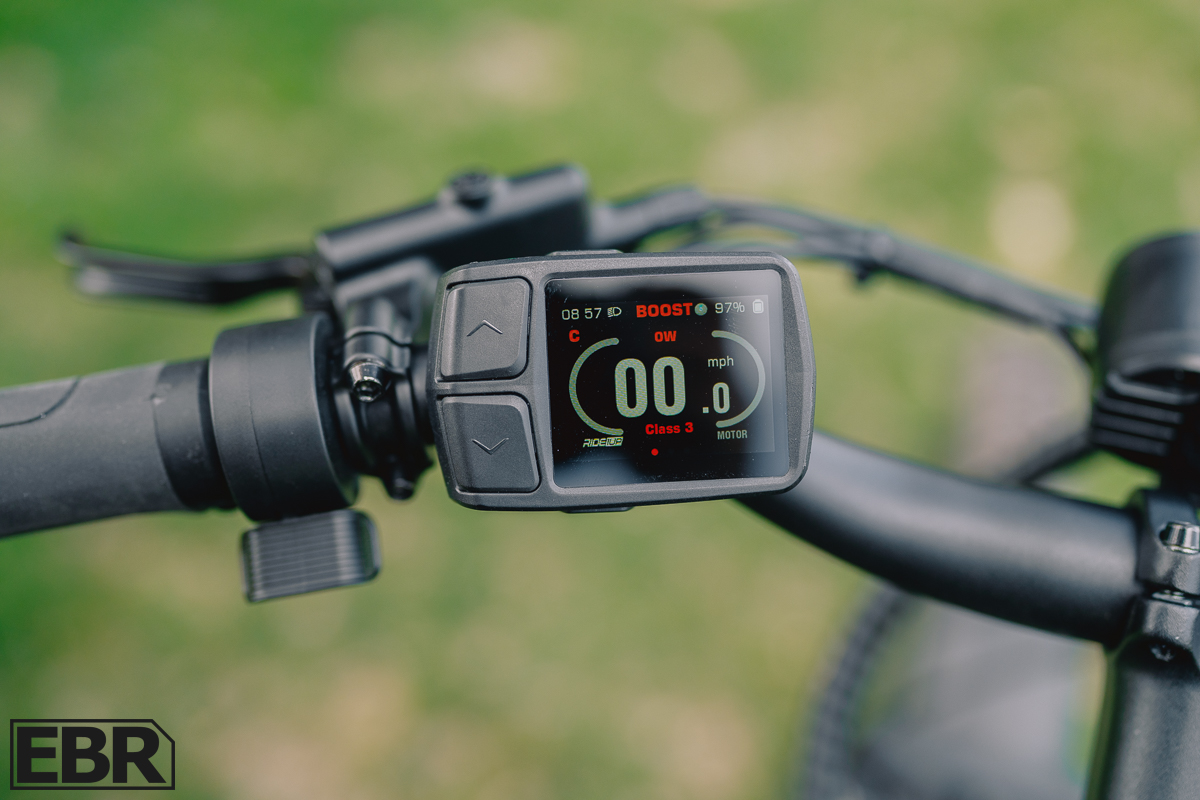
Perched on the Vorsa’s riser bars, the vivid color OLED display has been my trusty co-pilot while testing this preproduction beast. Ride1UP calls it their “most customizable” screen yet, packing one-touch controls and iOS GPS integration into a sleek package.
This display pops. It’s crisp and vibrant, cutting through glare when I’m riding at noon, and the one-touch interface is a breeze to navigate, even with gloves on. It’s how I boss around the Vorsa’s dual-sensor setup—flipping from the Intui-Drive torque sensor’s finesse to the R1CBC cadence sensor’s relentless assist with a tap. I’ve dialed in torque mode for tight, efficient control on crowded streets, then unleashed cadence mode when I’m loaded up or chasing speed.
Speed, battery status, and trip data roll out in real time, and it’s all laid out cleaner than the fuzzy screens I’ve dealt with on other e-bikes. The iOS Airtag GPS tie-in, leaning on Apple’s FindMy network, promises to track the Vorsa if it goes AWOL—huge for a bike I’d park anywhere.
Ride1Up Vorsa Model Options
Billed as the “Everyday, Every Way Electric Bike,” it comes in two frame flavors, a slew of accessory options, and a geometry that bends to fit a wide swath of riders, all for $1,595. With a 440 lb payload capacity and a modular design, it’s clear Ride1UP engineered this rig to tackle everything from my daily commute to loaded-up errands. Here’s how the model options stack up—and what they mean for a bike this ambitious.
The Vorsa rolls out in two frame styles: the ST (step-thru) and XR (high-step). The ST fits riders from 5’2” to 5’11”, and the XR fits riders from 5’9” to 6’4”. Both frames share that SUV-inspired, UL 2849-certified backbone, built to lug up to 440 lbs—rider, cargo, and all. At 70 lbs each, they’re not featherweights, but the tradeoff is a rock-solid platform I’ve loaded up without a creak.
Accessories are where the Vorsa flexes its utility cred. It ships with 2.8” metal alloy fenders, a 100 lux front light, and a fender-integrated rear braking light keeping it all-weather ready. The semi-integrated rear rack, rated to 150 lbs, with a modular extension that bumps that rear rack payload up to a whopping 181 lbs. Water bottle bosses and a chainstay guard sweeten the deal, and I’d love a passenger kit for bringing the kiddos along.
In terms of color options, Ride1Up offers the Vorsa in Glacier Blue, Matcha Green, Slate Grey and a Sandstone Tan color I was sent for testing.
For a bike pitched as my daily everything, the Vorsa’s options nail the brief. The ST’s low entry screams accessibility for quick trips or smaller riders, while the XR’s taller stance fits my 6’ frame and longer hauls. That 440 lb capacity and modular rack make it a cargo champ, and the fit range (5’2” to 6’4” across both) casts a wide net—though if you’re on the edges, you might need a seatpost swap or stem tweak.
Is The Ride1Up Vorsa Worth Buying?
After clocking serious miles on a preproduction Ride1UP Vorsa, I’m sold on its core pitch: this is an e-bike that bends to fit my life, not the other way around. For $1,595, it’s a powerhouse—95 Nm of torque from a 750W AKM motor, a 440 lb payload capacity, and a modular frame that’s swallowed everything I’ve thrown at it, from grocery runs to weekend escapes.
The dual-sensor assist (torque or cadence, my choice) feels refined beyond its price tag, and the Schwalbe tires, hydraulic brakes, and vivid OLED display keep it practical and punchy. My test numbers—44 miles on Max power, 80 miles on Min hint at range that’ll outlast most days, and the ST/XR frame options (5’2” to 6’4”) make it a fit for nearly anyone.
Who’s it for? If you’re needing one ride for commuting, errands, and the occasional weekend expedition , the Vorsa brings that type of 1-bike solution at an approachable price.
The Vorsa isn’t here to rewrite the e-bike rulebook—it’s here to haul, hustle, and keep up with me, day in, day out. And it does. So, if that’s the type of ride you have been looking for, the Vorsa may earn a spot in your garage.

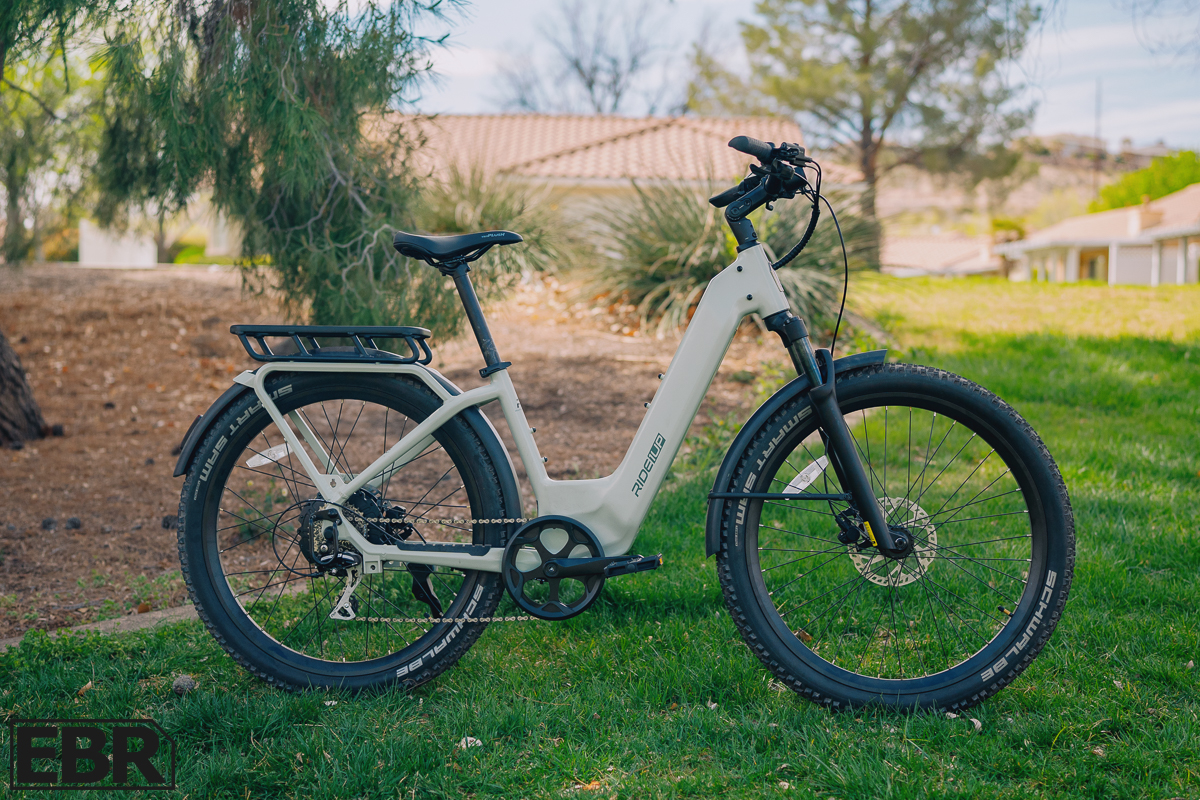
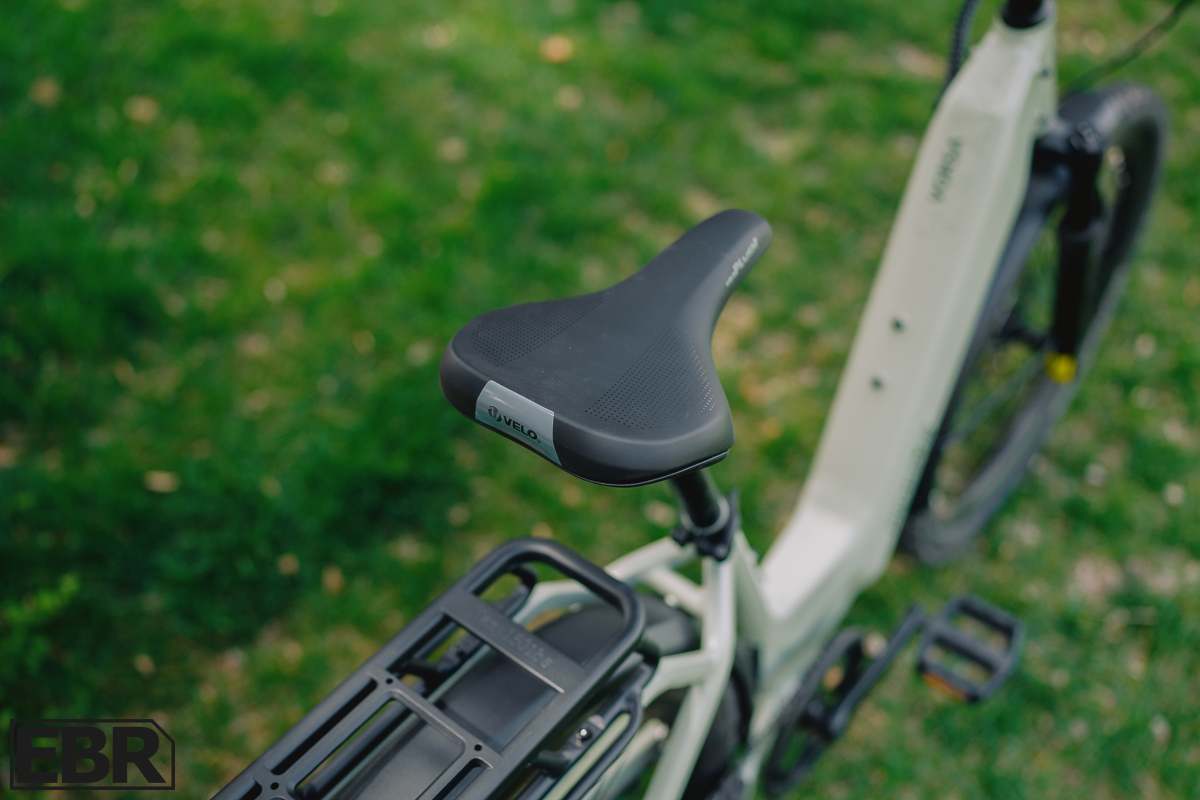
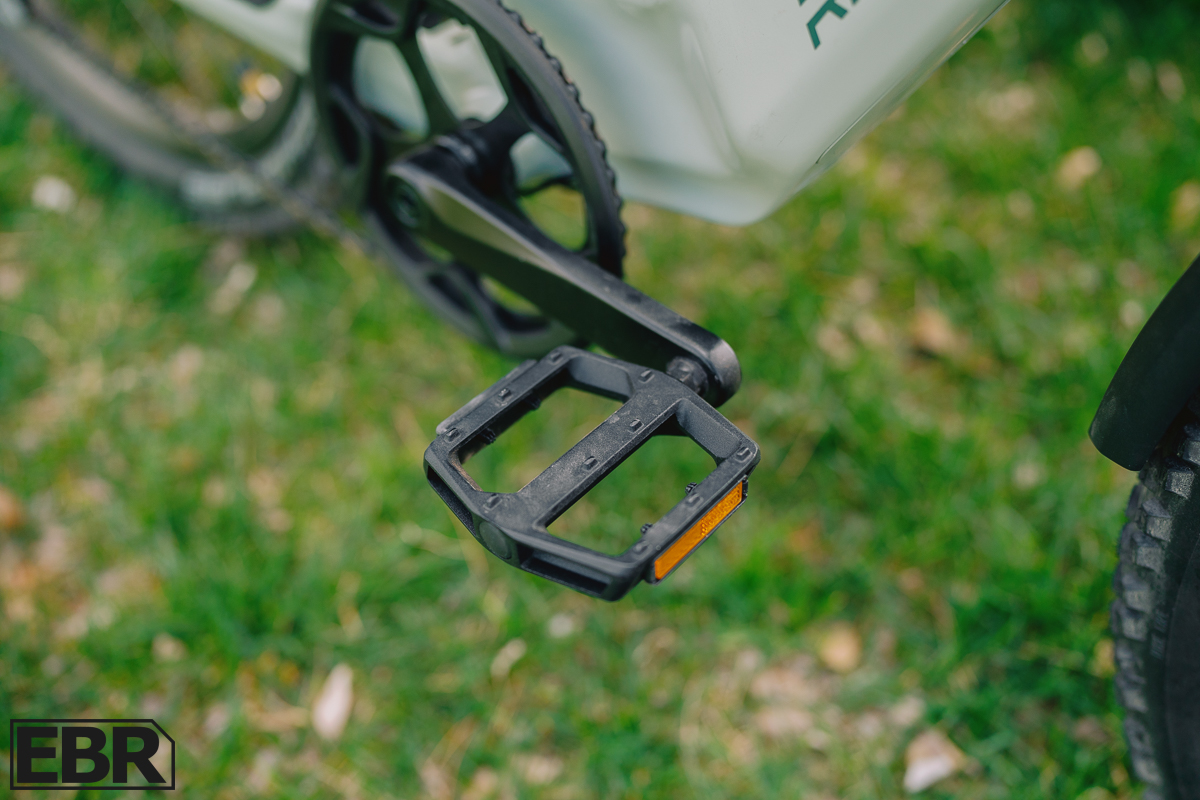
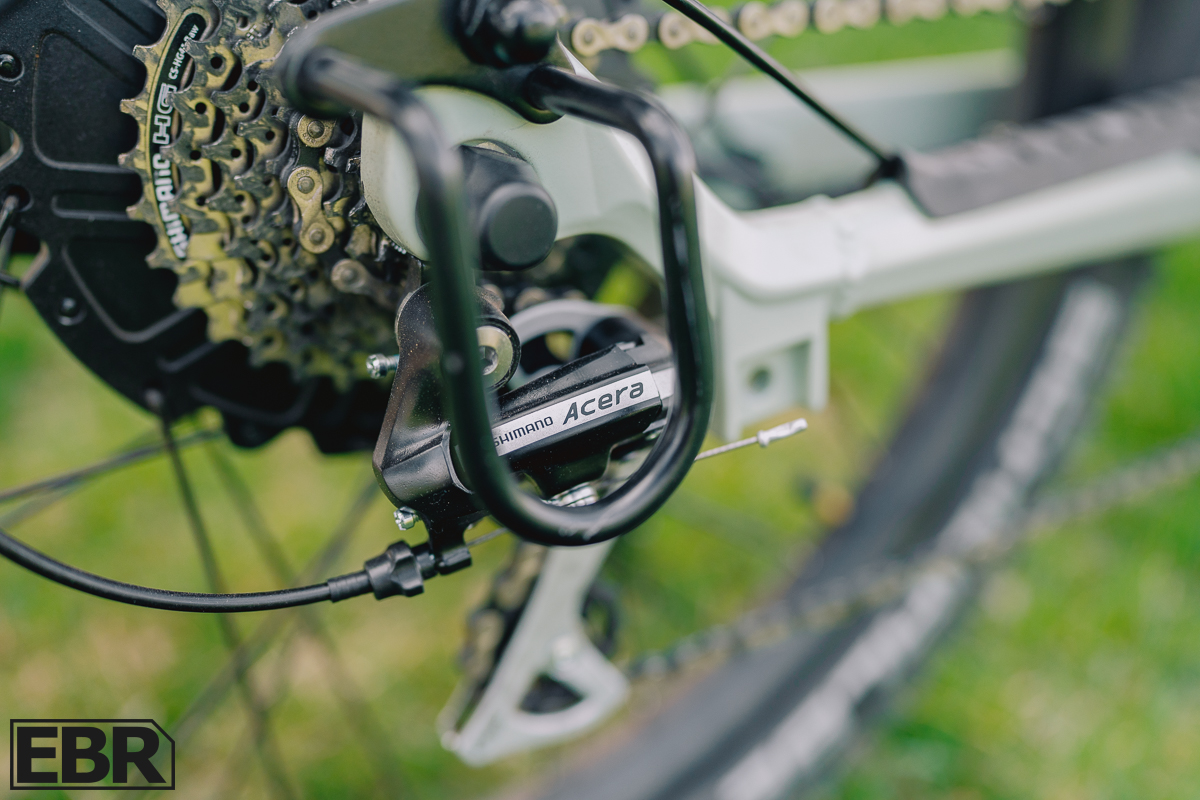
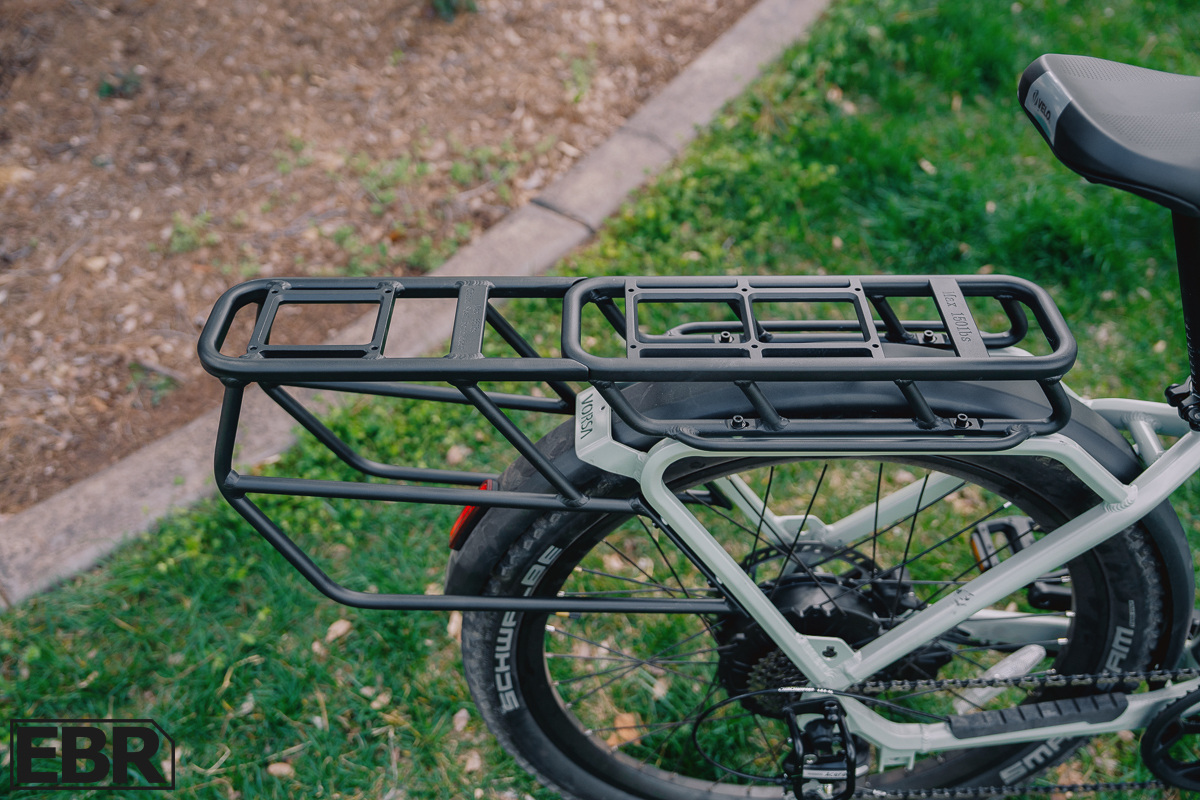
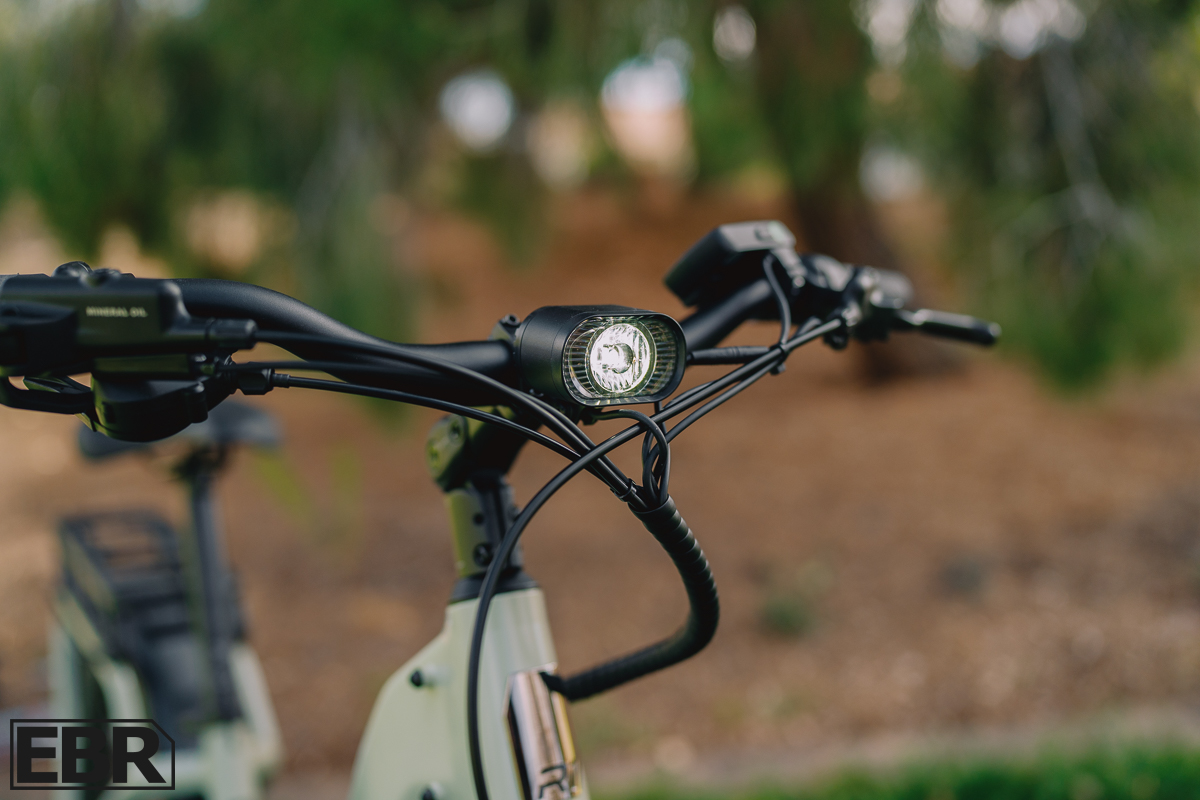

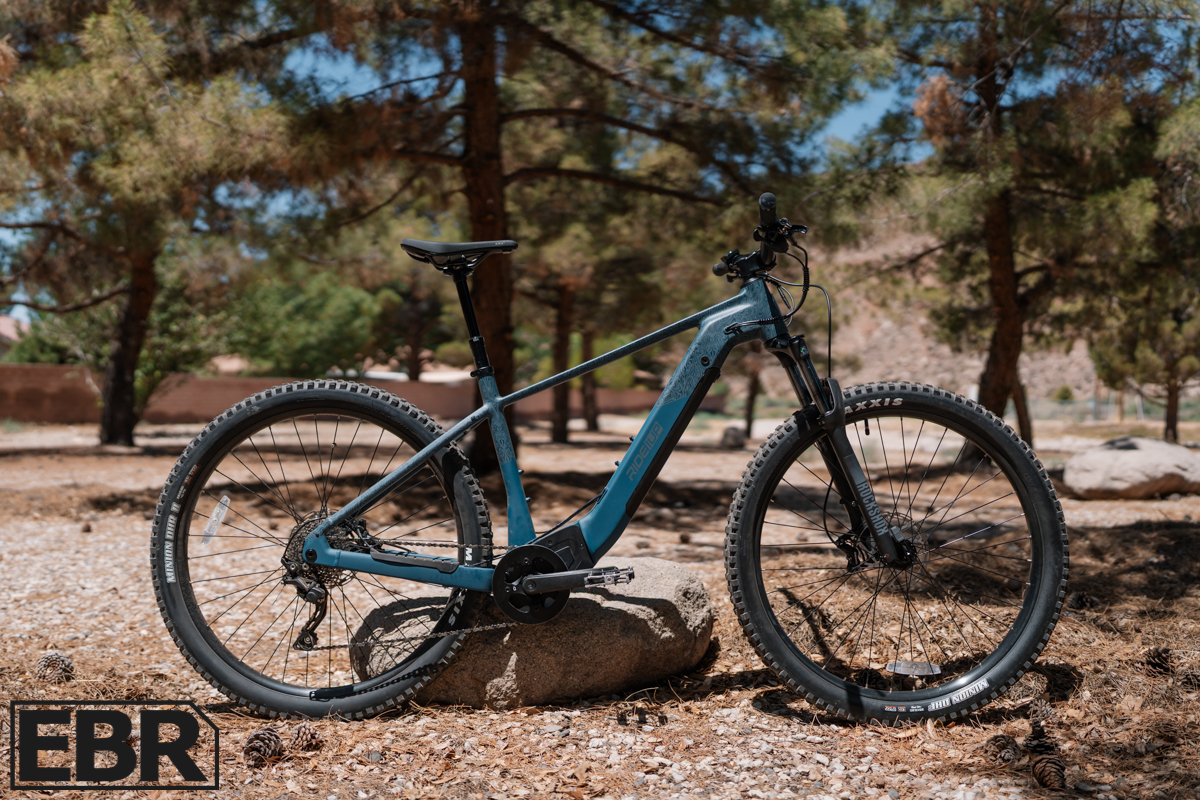

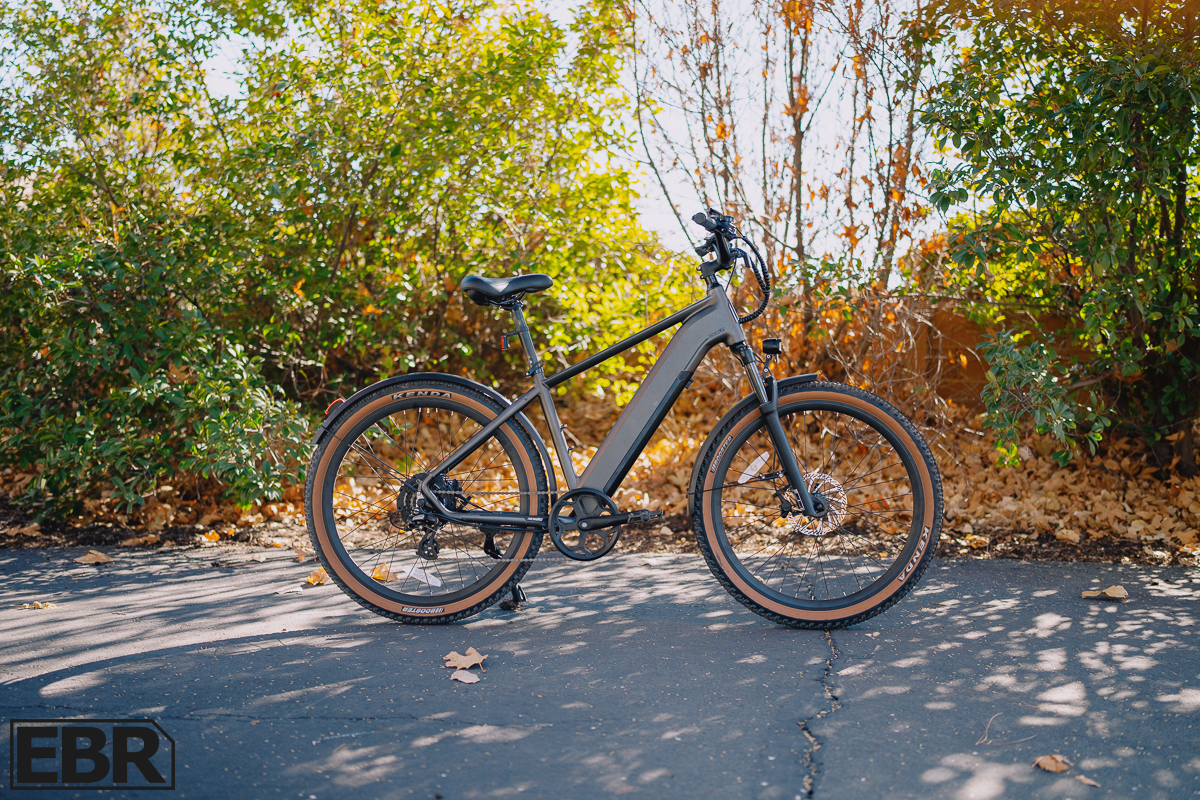
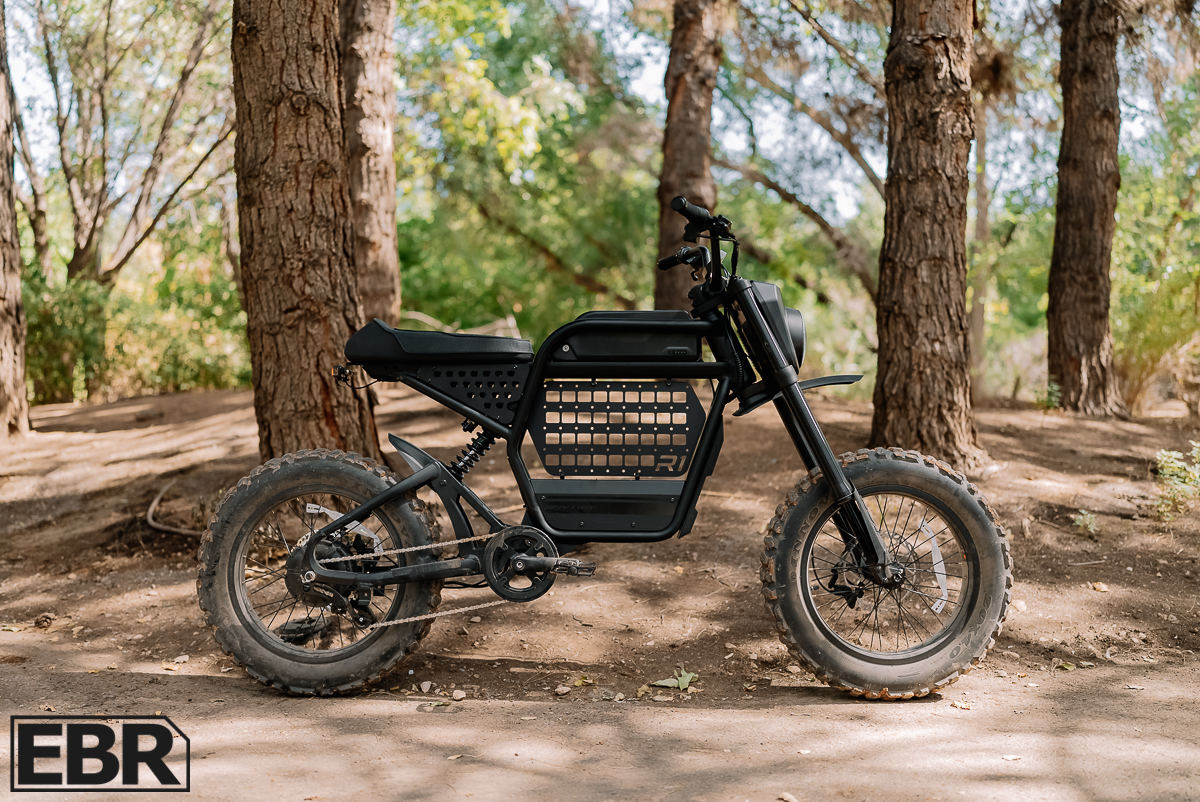
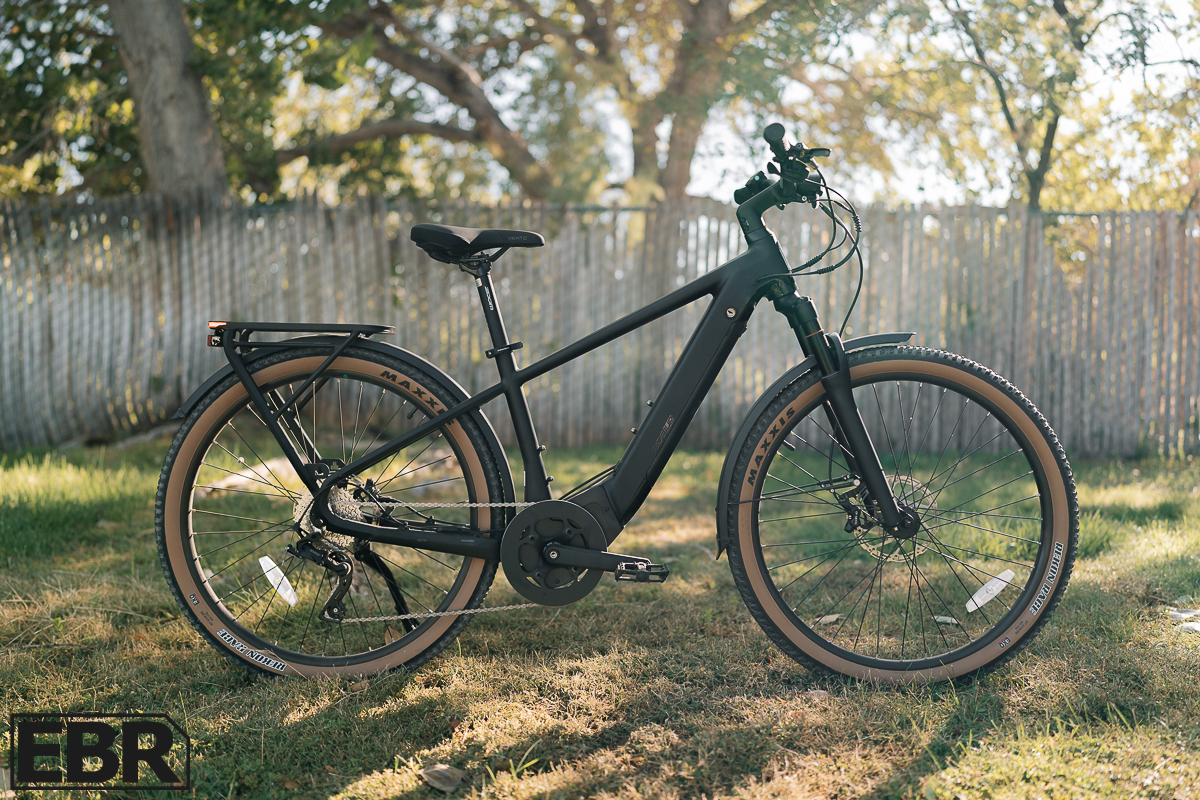
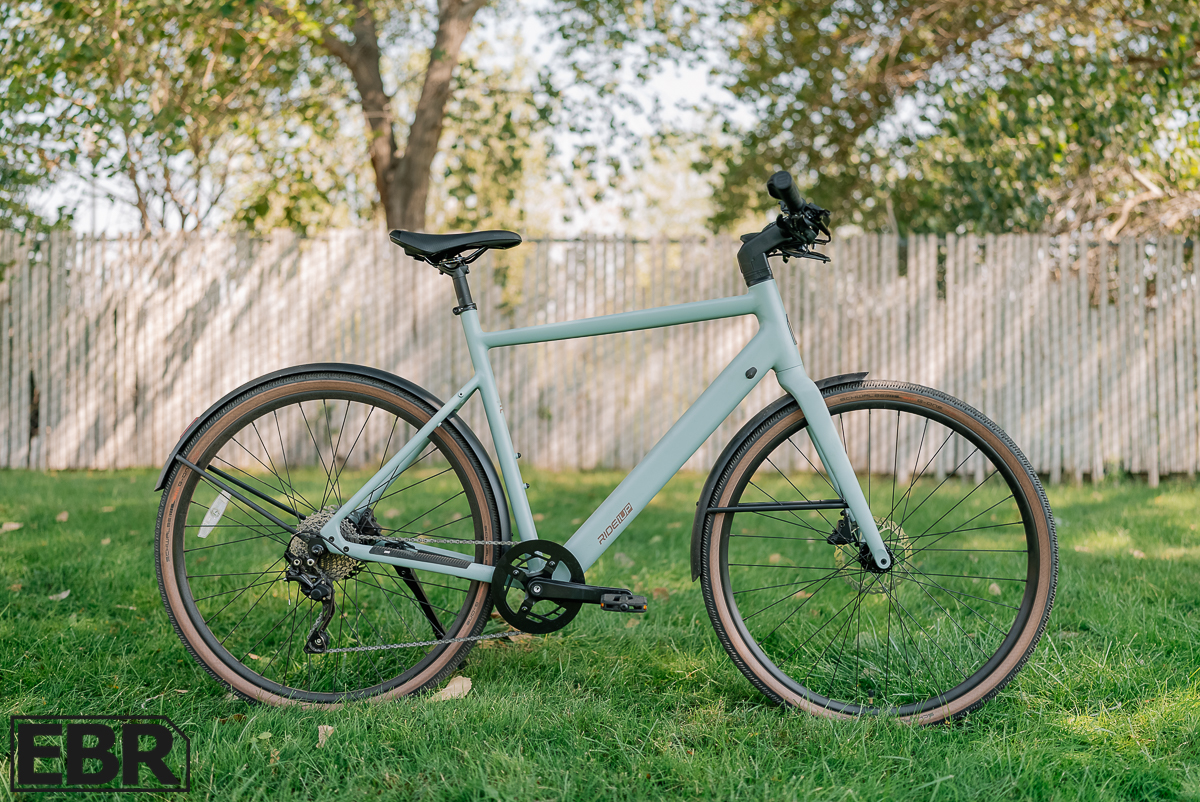
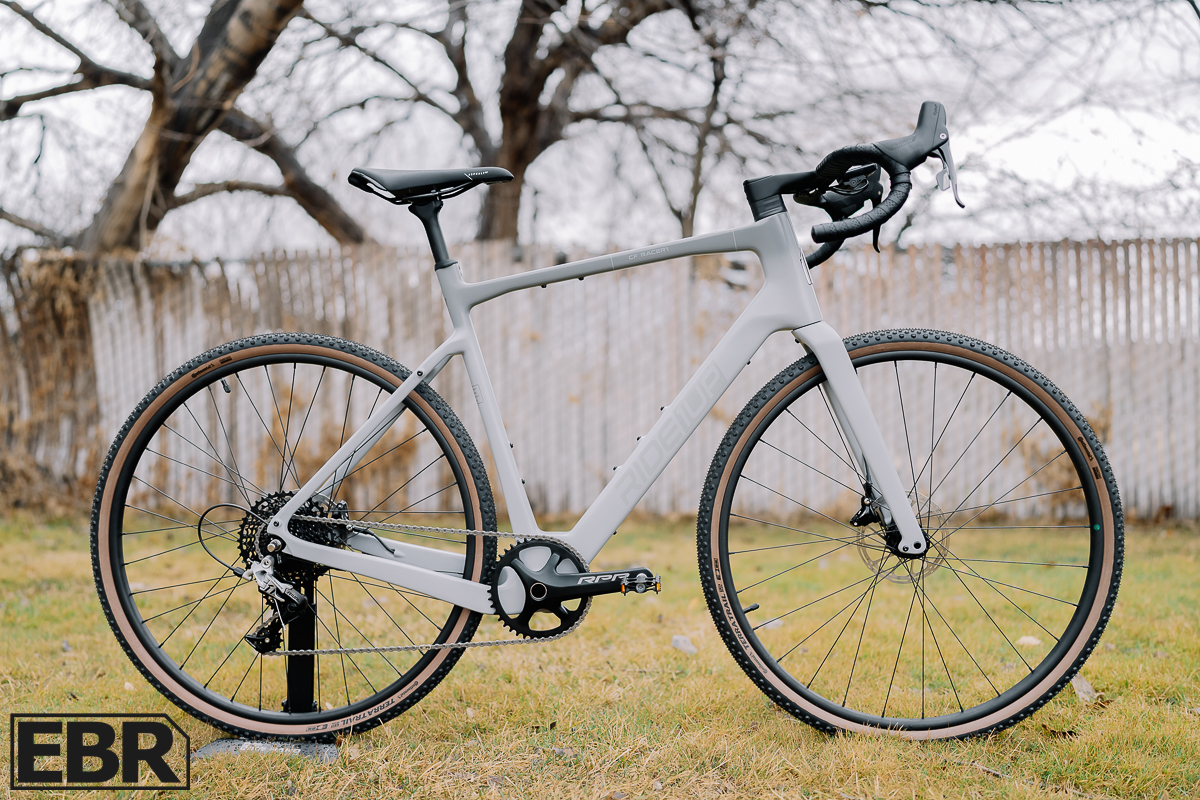
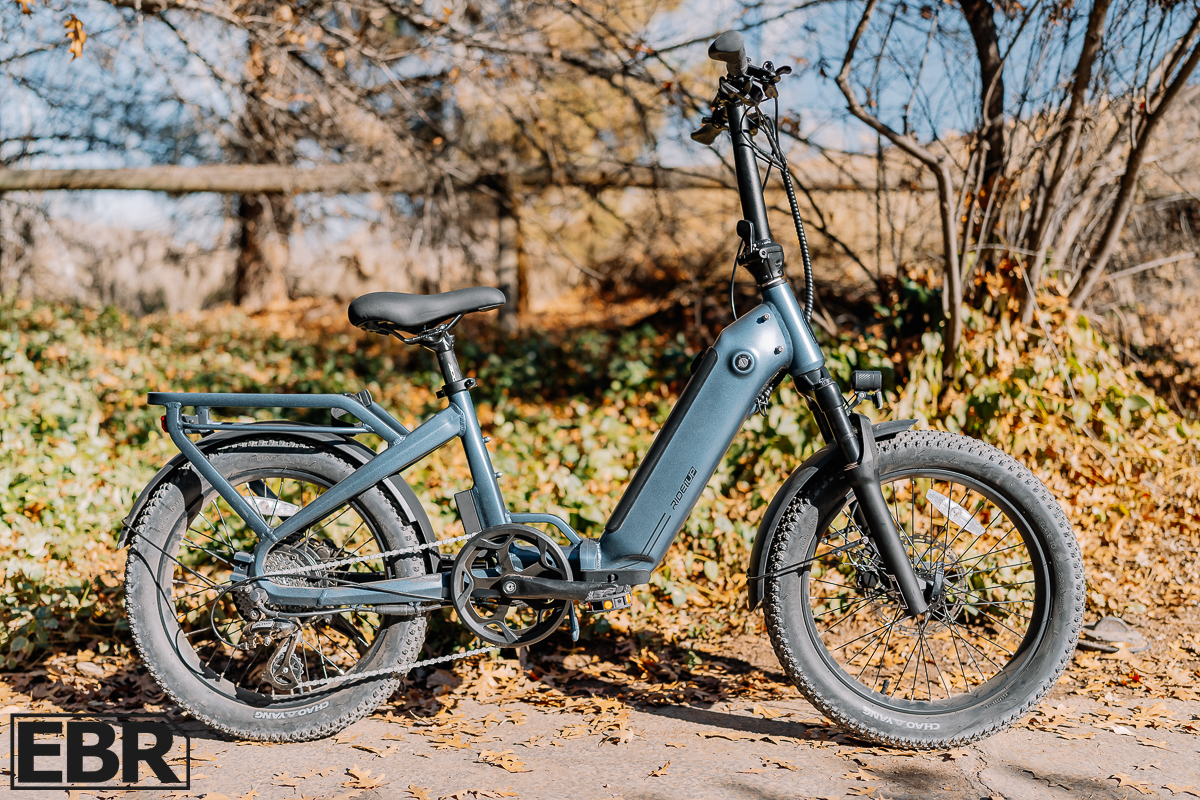
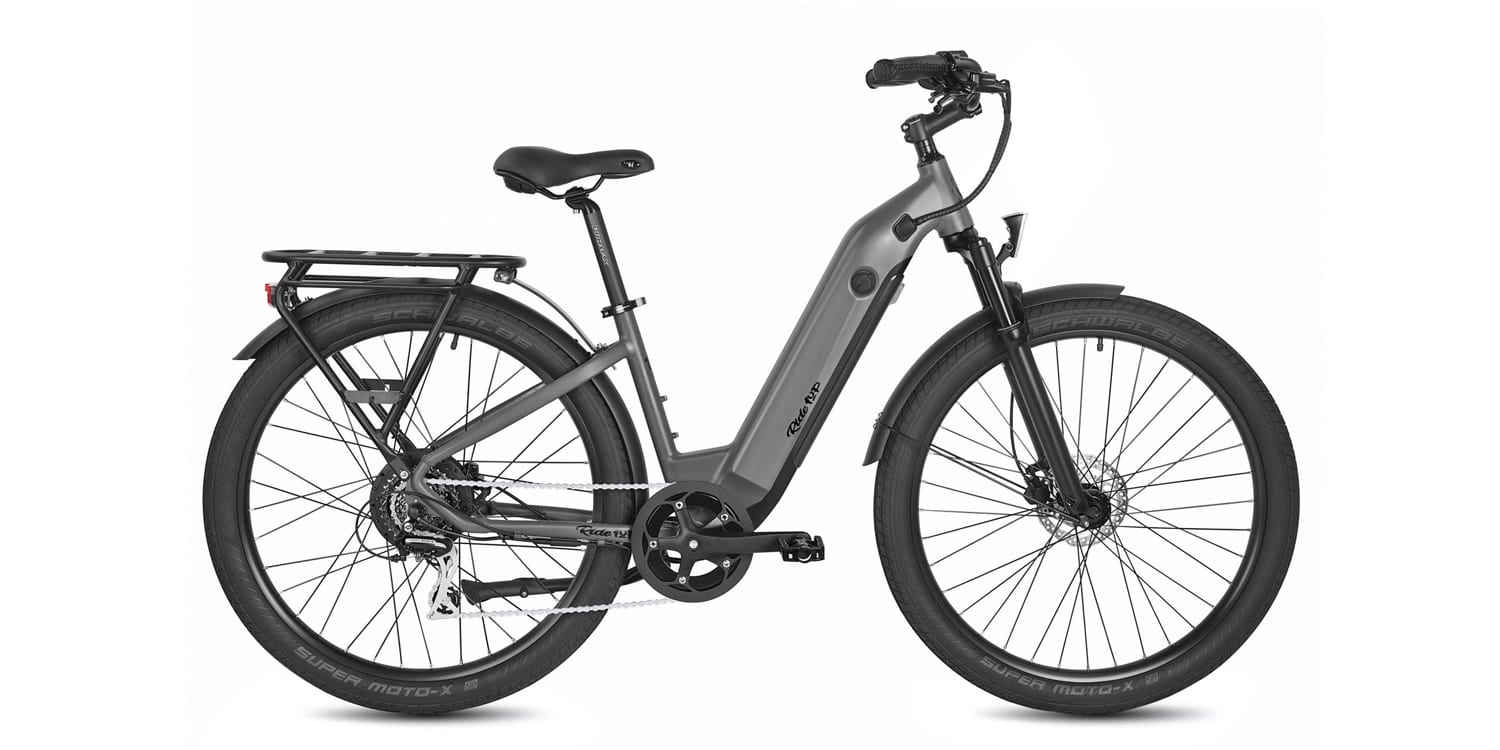
Reader Interactions